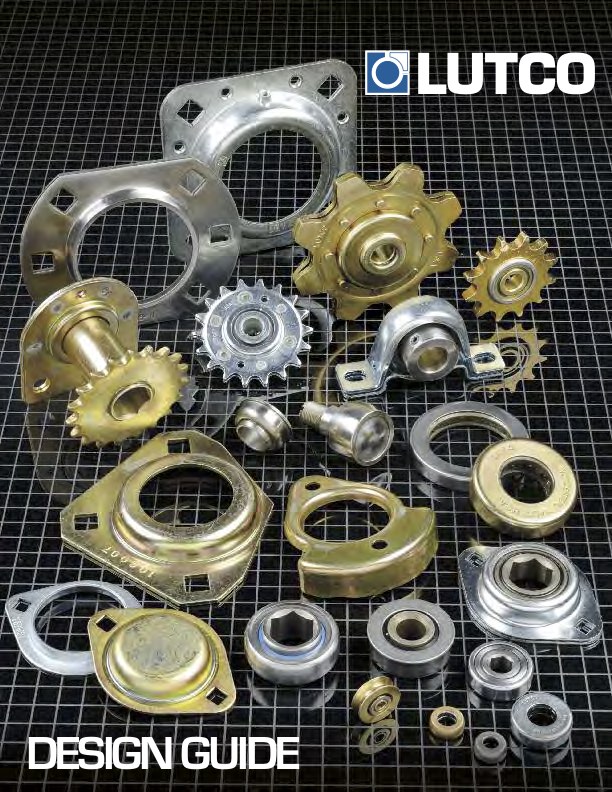Manufacturing has evolved into a high-tech and high-skill industry. The need for individuals with complex manufacturing skills has not diminished but rather increased as technology advances and integrates into everyday objects used by consumers all around the world who demand more from their products every year.
The World Economic Forum predicts that automation “will result in a net increase of 58 million jobs.” However, the jobs that are created will require a more diverse manufacturing workforce with the skills and education to fill the high-tech jobs that advanced manufacturing technology will require.
Manufacturers and educational institutions must come together to provide the training for students to learn the skills that will allow the US to remain competitive in the global marketplace. If we can inspire these students to become involved in STEAM disciplines early on they will be better equipped to pursue careers in manufacturing when they are old enough to enter the workforce.
How Can Contract Manufacturing And Resource Utilization Help?
Contract manufacturers have the means to help mitigate the skilled labor shortage due to their ability to apply centralized labor resources. Companies can find manufacturing labor like machining or assembly on an as-needed basis at an economical cost, while employees can build broader skillsets and increase their own value while enjoying stable long-term employment.
Resource utilization is an important component of a manufacturing business’ success. It’s the ability to effectively use available resources to produce a maximum amount of goods or services with limited expense. This core principle applies not only to your workforce but also to your capital, time, and energy. Close collaboration and open communication throughout the company play a critical role in achieving effective utilization of resources.
Why Is It So Important To Get Ahead Of The Manufacturing Labor Shortage Now?
To avoid a crisis.
According to the U.S. Bureau Of Labor Statistics, “The manufacturing sector is projected to lose 444,800 jobs, the most of any sector over the projections decade [2019-2029]. This sector also contains 12 of the 20 industries projected to have the most rapid employment declines. Factors contributing to the loss of manufacturing jobs include the adoption of new productivity-enhancing technologies, such as robotics and international competition.”
This is not just an alarming figure, it is also an urgent call to action – especially in the manufacturing sector where employability continues to diminish as job seekers lack the additional training and education they need.
To remain globally competitive.
The economy has taken a beating over the past several months, and deservedly so when we consider many companies outsourced their overseas work to cheaper suppliers. Decades of offshoring have led to growing unemployment levels in the U.S. and Europe as well as rising unrest among the unemployed or underemployed here at home.
With the lessons of Covid-19 fresh in our collective memory, now is the time to invest in the education and infrastructure that will firmly establish the competitiveness of the U.S. manufacturing industry in the coming decade. Moreover, this turning point in our industrial community is an opportunity to shore up logistical weak points that could be impacted by catastrophic events in the future, especially those that may affect global shipping or material availability.
To address our aging workforce.
Even prior to the coronavirus pandemic, the looming labor crisis was at the forefront of manufacturers’ minds. A well-known 2018 report by Deloitte predicts that there will be approximately a 2:1 ratio of jobs to qualified employees within the next ten years.
This is especially problematic when you consider that nearly 25% of those currently employed in manufacturing are over 55 years old. The stability and high pay rates of manufacturing jobs have caused many Baby Boomers to occupy these roles for the full term of their careers. The result is an industry that is typically slow to re-train and up-skill its current workforce.
As ‘The CNC Generation’ steps up to fill these vacancies, institutional knowledge developed over years of experience must be preserved and leveraged in a way that facilitates growth and innovation to solve the ever-widening skills gap in American manufacturing.
When It Comes To The Future Of Manufacturing, Cooperation Is Key
Manufacturers, like many other industries, are vulnerable to changes in economic conditions. However, it is important that we as a collective industry be proactive and get ahead of the skills shortage now. It’s not just an issue of finding more qualified workers but also creating jobs with stability and higher pay rates along with training programs to pass these skill sets to younger generations entering the workforce.
These solutions may include upskilling the workforce to adapt to the changes that come with automation, leaning on contract manufacturing to consolidate and more effectively utilize resources, or reshoring overseas labor back into America. In order to get ahead and avoid a greater crisis in the coming decade, it is time to invest in our workforce in a way that will enhance the industry and provide relief for struggling manufacturers.
Are you struggling to secure the skills, capabilities, and labor your product needs to succeed?
Contact Lutco today to learn how we can alleviate your manufacturing, machining, and assembly challenges.







